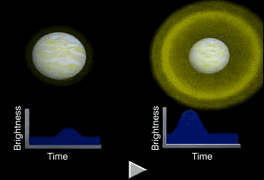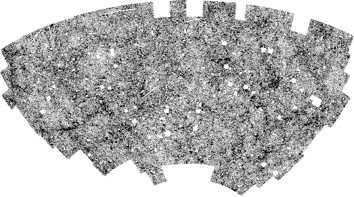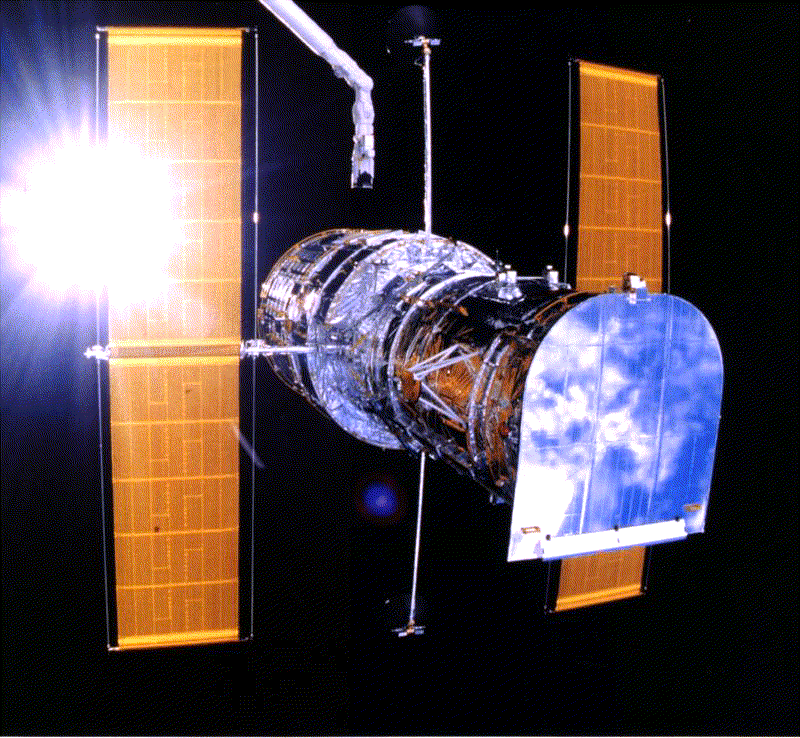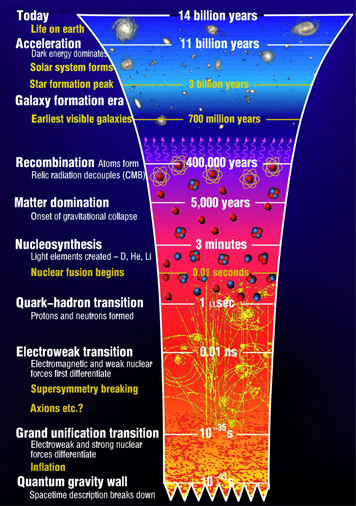Understanding variable frequency drives
VFD use is increasing because users say VFDs improve manufacturing processes and reduce cost. Understanding how they do their job can help as you consider deployments.
Stephen Prachyl, Siemens
If you’re involved with trying to save energy in your plant, at some point you have probably looked into variable frequency drives (VFDs) for ac motors. Reports from all directions say they can help save energy, reduce maintenance, and cut utility costs. The questions are: are they as good as they sound, and how do they work?
![Figure 1]()
A VFD controls the speed of an ac motor, which provides flexibility to the process since speed can be changed easily for process optimization. It takes the fixed power supplied to it and converts it into a variable frequency and variable voltage source which then feeds a motor. This allows the drive to control the speed and torque the motor produces.
A VFD may enhance the user’s profitability by improving the process, which in turn produces a fast return on investment (ROI). Process improvements may come from better:
- Speed control;
- Flow control;
- Pressure control;
- Temperature control;
- Tension control;
- Torque control;
- Monitoring quality; and
- Acceleration/deceleration control.
Many applications that use ac motors would benefit from the use of such drives because they can also reduce operating costs while improving the process. Reduced costs come from:
- Increased system reliability;
- Reduced downtime;
- Reduced equipment setup time;
- Energy savings;
- Lower maintenance;
- Smoother operation—less wear and tear; and
- Power factor control.
The net result of these improvements is increased profitability.
Evaluating applications Different drive applications have different criteria that should be evaluated individually. For example, when used in a centrifugal pump or fan application, an ac drive saves energy by allowing the user to adjust the speed of the motor to the most efficient level. This can often be as much as a 60% energy saving over fixed-speed motors with valve controls. This is usually enough to pay for the drive within a short period of time.
When discussing VFDs and energy savings, the attention often focuses on this type of centrifugal fan or pump application. However, there are other applications that also have large potential energy savings and/or recovery based on easily applicable concepts that should not be overlooked. These applications are power factor correction, regeneration, common bus applications, or a combination of all three. Let’s examine all these and see how using the right drive generates its benefit.
Centrifugal applications: laws of affinityThe cost savings in a centrifugal fan or pump application are primarily derived from two components:
- The laws of affinity, which shows an operating range that produces the most flow or pressure per horsepower. (See Figure 1.)
- Removal of any mechanical flow device that limits the flow of a fan or pump while the motor turns the application at a fixed speed. (See Figures 2 and 3.)
The ac drive installation continues to save energy for many years after the initial payback period, as well as lowers the maintenance costs and provides a more consistent flow of product. When a centrifugal fan or pump is used with mechanical flow control, converting the application to an adjustable-speed ac drive will save from 10% to 60% of energy cost if the fan or pump system is designed to operate between 40% to 80% percent of full speed. This application typically produces a return on investment in the 6- to 24-month time frame.
The laws of affinity state:- Flow is proportional to shaft speed;
- Head (pressure) is proportional to the square of shaft speed; and
- Power is proportional to the cube of shaft speed.
When comparing the different methods of mechanical flow control, the graphs clearly show that the only one that gets close to the maximum efficiency of the theoretical fan curve or pump flow is a VFD.
![Figures 2 and 3]() Power factor
Power factor What is power factor (PF)? AC power has two basic components: voltage and current. When these two components are not in sync, power is wasted due to inefficiency. This is called power factor displacement. To make matters worse, when the ac power has a high level of harmonic content called power factor distortion, the displacement and distortion are multiplied by each other, which further decreases efficiency.
![]()
If you have ever received a bill from your electric utility company penalizing your plant there is a good chance that a power factor displacement issue exists. Even if the power company does not charge an extra penalty, you are still paying for the excess energy that is used. Therefore, getting the power factor displacement close to unity is very important.
Here is a graphic example of total power factor, power factor displacement and power factor distortion (harmonics):
![Figure 4]()
![Figure 5]()
![Figure 6]()
![Figure 7]()
![]() Power factor penalties
Power factor penaltiesWhile each utility may charge differently, two common ways that utilities charge are by KVA (Lower PF = higher Amps) or by kW with a PF penalty.
If the power factor is less than 90%, the measured kW demand will be multiplied by the ratio of 90% divided by the actual power factor:
100 kW motor with 0.85 power factor: (100 kW*0.9) / (0.85 PF) = 105 kW In this case the increase in cost is 5% of your bill in addition to the wasted kvar as in the previous example.
The second method is an adjustment of demand for power, where demands will be adjusted to correct for average power factors lower than 95%. Such adjustments will be made by increasing the measured demand 1% for each 1% or major fraction thereof by which the average power factor is less than 95% lagging.
In this case the penalty increase is 1% for every 1% that the power factor is below 0.95 in addition to the wasted kvar.
While there are power factor correction devices available, such as capacitors and filters, an ac drive is often overlooked as a method for correcting power factor displacement while at the same time having a low distortion level. A VFD with an active front end (AFE) has the ability to adjust its power factor operating point as well as limit harmonics to less than 4%. As a comparison, when using a standard six-pulse ac drive with a diode rectifier that converts input ac voltage to dc bus voltage, the typical harmonics level is 30% to 40%. There is at least one AFE ac drive available today that has the ability to adjust its power factor from 0.8 leading to 0.8 lagging and that meets IEEE 519 harmonic standards for low power factor distortion. This means the drive can improve the present power factor displacement in a facility.
Distortion power factor describes the decrease in average power transferred due to harmonics and to phase shift between current and voltage.
How much this costs and how much can be saved depends on the amount of displacement and distortion that currently exists.
RegenerationAn ac motor may act either as a motor that turns electrical power into mechanical power or as a generator that converts mechanical power into electricity. It depends on whether the motor is turning a machine that requires power to turn the machine or whether the load of the machine will at times overhaul the motor. (Overhauling is a condition where the mechanics or physics of the load mechanically cause the motor to attempt to turn faster than the motor speed the drive is commanding and the drive is used to slow down the motor speed.) This overhauling condition may exist in several types of applications.
1. Constant deceleration: When a load such as a decline conveyor operating under the influence of gravity will overhaul the motor’s speed and the drive is used to control the conveyor speed to a slower level than what the natural physics of the application would produce.
2. Periodic deceleration: When a load is stopped quickly and the inertia of the load wants to keep turning, such as a large drum. In this case the cycle time, or how many times the load is stopped over time, as well as the magnitude of the stopping power required, determines how much energy can be saved.
3. System tension/holding torque: When two sections of a machine are used to create tension on the material between them, such as on the metal strip in a strip mill. The two sections may be running at the same speed, but the process requires a certain amount of tension on the strip to run properly. This means the lead section will run in the forward direction and pull the strip, and the following section will also run in the forward direction and at the same time provide the needed torque in the reverse direction of the strip, thus creating the proper tension.
In each of these examples the motor and drive combination has the ability to recover the electrical power produced by the motor when it is acting as a generator, and sends that power to the utility company. How much energy is saved is dependent on the application, but it can be significant. One such application where significant savings can be recovered is a gearbox test stand. When the gearbox is tested, one drive and motor are used to turn the gearbox while another drive and motor are used on the other end of the gearbox to simulate the load. Done correctly, this application will operate with a very low amount of total energy, as the amount of energy used to turn the gearbox is the same amount of energy that is recovered from the simulated load on the gearbox, less the losses in the system. The one question you should ask when trying to determine if the application is regenerative is, “Does the load, at any time, try to turn the motor (regenerative recovery), or is the motor being used to turn the load?”
Common busWhen there are multiple ac drives in one location, a common bus system is usually the most efficient way to operate. It can incorporate the energy savings and recovery concepts that have just been discussed. If there is a regenerative ac drive and motor section in the system, it is ideally suited for maximizing energy recovery and cost savings. The reason for this is that losses are generated when power is converted from the ac supply to the dc bus or from the dc bus to the ac supply. When you have multiple stand-alone drives, the power must go through two or more ac-to-dc conversions, and two dc-to-ac conversions. (See Figures 8 and 9.) In a common bus configuration, power goes through only one ac-to-dc conversion in the motoring direction, and when an inverter section of the drive regenerates power to the dc bus, the power goes straight to another inverter via the common dc bus link, which is motoring and does not have to travel through a converter at all. This method eliminates two conversion points where energy would be lost. This increases efficiency by 2% to 4% for each regenerative section. If you have more sections that are regenerative, you will accumulate more energy savings. In addition to the savings of a common bus solution, if you have an AFE, the system will have the ability to do power factor correction, which increases the savings of a common bus system. The gearbox test stand is a great example of a common bus solution. Here there is one forward motoring drive motor section and one regenerative drive motor section. In this specific case the two drive and motor sections were rated at 1,000 A at 690 Vac each. Yet the incoming ac line and input modules were able to be sized at less than 1,000 A at 690 Vac. This was possible because one of the two sections required 1,000 A in the motoring or torque producing direction, while the other section that provided the load was able to recover through regeneration close to 1,000 A, less the losses in the system. Therefore, the amps generated from the recovery section almost canceled out the 1,000 A from the section providing torque to turn the gearbox, and the input ac could be sized at slightly larger than the losses of the system, which in this case was roughly 200 A at 690 Vac. This resulted in a lower installation cost due to the smaller ac-to-dc section. The application recovered $75,000 per year in energy costs, which translated to a four-year payback.
![Figures 8 and 9]()
This application combined the efficiency of a regenerative system in a common bus configuration. If the plant would have had a power factor correction issue, the common bus solution would have been able to accumulate those savings into this total as well.
![]()
In conclusion, when using an ac drive and motor combination, there are many different applications and methods for which the energy savings and energy recovery can be significant. While there is typically much focus on the drive’s initial cost, each application should be reviewed to determine the maximum amount of increased productivity and decreased operating cost due to energy savings and energy recovery. In many cases energy savings and operating cost are much higher than the cost of installing the drive.























